Art and worldbuilding for Synthesis, a specbio webcomic
Don't wanna be here? Send us removal request.
Text
GESHH* (Genetic-Epigenetically Synthesized Human Hybrids) are sophonts derived from human DNA spliced with various other Terran species. Since the biomolicules of various alien sophonts are not interchangeable due to conflicting chirality and differing essential monomers such as nucleotides and amino acids), genetically splicing sophont species of different planetary origin is not viable. However, some human polities have perfected the process of genetically synthesizing new organisms from disperate Terran species. Most are not sapient, and were created to serve a purpose: playing a role in an ecosystem on an exoplanet colony, for example, or improving the conditions on Earth for its inhabitants. A few synthetic species are tasked with functions requiring sophont-level intelligence, which are called GESHH**. There is a complex history and socio-political interplay between different human polities regarding the ethics of creating GESHH. Of note, two major spacefaring polities clash on this subject, which will be discussed in another post.
In order to design and create GESHH, a special supercomputer program that uses quantum computational modeling is used to predict how a specific gene or epigene change would affect an entire organism. The interplay of many factors determines the outcome of a single change and vice versa, so it is vital to be able to model these changes before investing time and resources into creating it. This is especially true for GESHH due to the additional ethical issues arising from tampering with the DNA of a sophont.
GESHH generally fall into one of 2 categories: novel (aka trial***) GESHH and monophyletic GESHH. The term "monophyletic GESHH" may seem like a misnomer, but it has a different meaning than in cladistics. Monophyletic GESHH are GESHH that were created with a specific purpose alongside many other individuals, and share a gene pool with those individuals. A monophyletic GESHH can also be descended from the individuals that were originally created for that purpose. GESHH from different original sources cannot interbreed naturally.
Novel GESHH, as the name implies, do not belong to a pre-existing species of GESHH. They are typically "test" individuals that are created in the process of refining a new species. A novel GESHH is likely to be disabled or chronically ill, so there is a stigma against them, even in cultures that are otherwise fine with GESHH. In order to offset the ethical issues with intentionally creating sophonts specifically to run tests on, these GESHH are adopted out to families with the expectation that they will be given as normal a life as possible in between regular testing and treatments for their various ailments.
Some examples of some individuals of a specific type of monophyletic GESHH that I will discuss later:
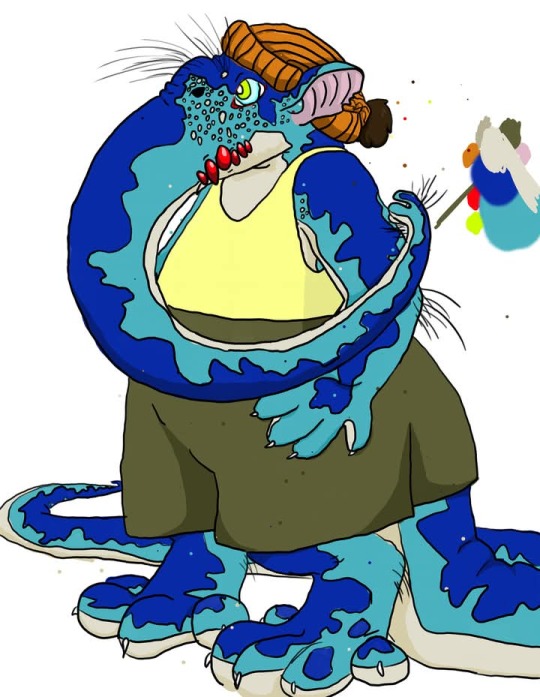
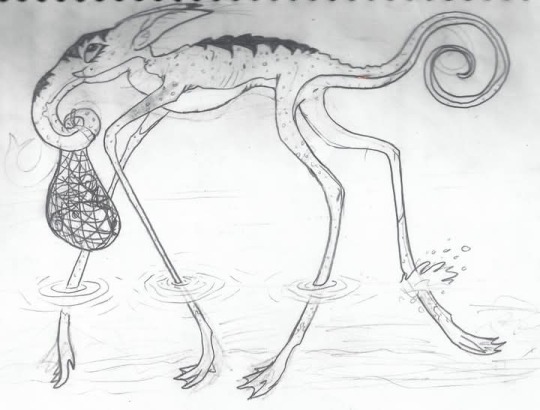
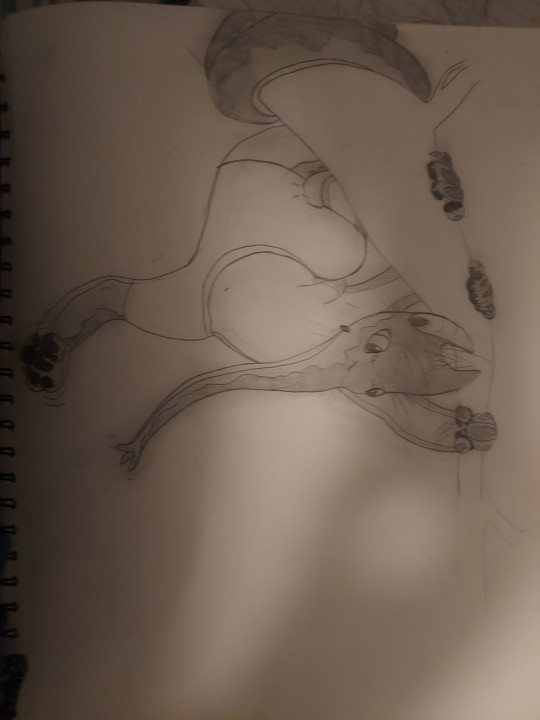

Another type of monophyletic GESHH, with baby version:

And yet another example of a species of monophyletic GESHH:
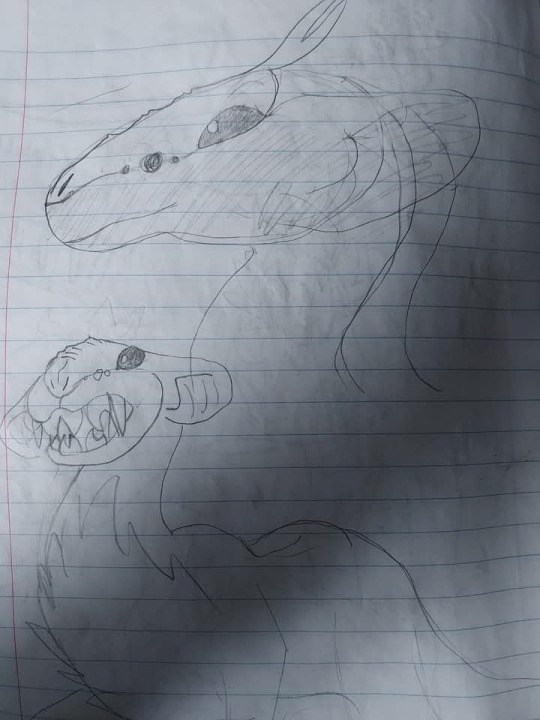

And another:
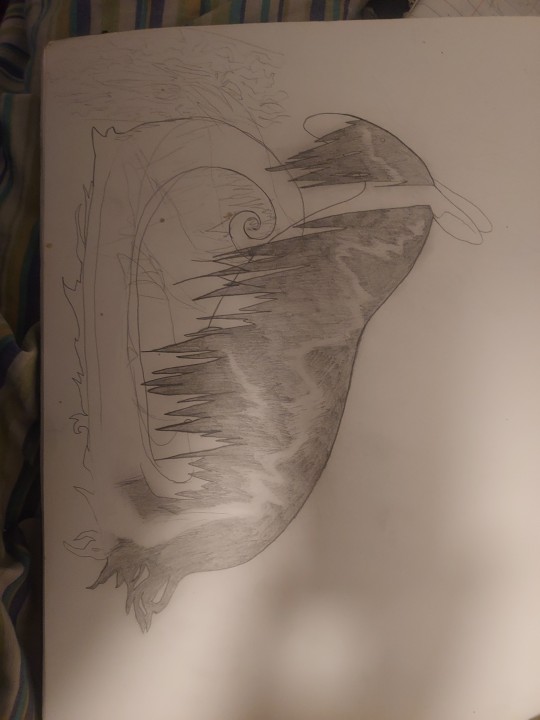
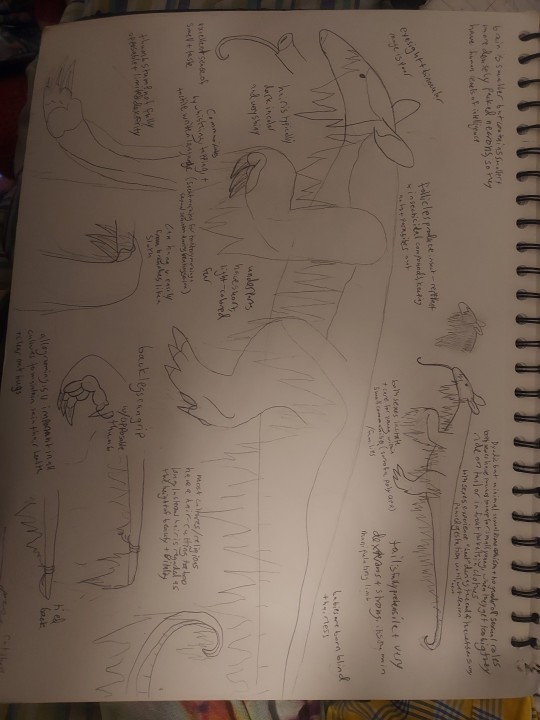
And another:
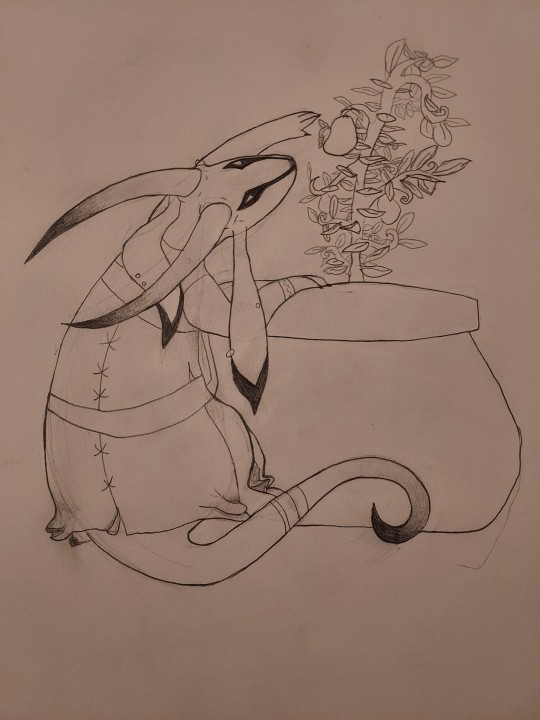
There are also examples of novel GESHH that I will discuss later, as they are major characters in the story.
*GESHH is pronounced "gesh", and in informal settings is written as "Geshh" or "geshh". The plural of GESHH is also GESHH, no matter the setting/capitalization. From this post forward, I will be using "geshh" in place of "GESHH" for ease of writing.
** Legally, in the vast majority of polities, any biologically viable (able to eventually survive outside a natural or synthetic gestational setting) genetic/epigenetically synthesized organism with human-derived DNA is considered a geshh, regardless of sophont status. This is to protect individuals who are conscious but cannot express this sapience in a way that is obvious to observers.
***The term "trial geshh" is considered derogatory as it dehumanizes the individual by implying that they are no more than a link in a chain of products, devoid of personhood and meaning in themself.
5 notes
·
View notes
Text
Prongtails
Also known as "dumplings", these aliens are not individually sapient. However, when enough of them are together, the emergent properties of their electrical communication network forms a "Mind", which is sapient.
This is the control room of a prongtail ship. The stringy things are "control panels" that they interface with directly via electrical impulses.

Each prongtail has an electrical organ which produces electrical impulses through the tail prongs. It also has four tentacles on its head which are electrosensitive. In the middle of its body, next to the electrical organ, is its brain. It processes the electrical input and does a modest amount of the overall processing for the higher consciousness of the Mind. The prongtail also possesses an immune organ, which produces antioxidants and bloodborne cancer-fighting cells, as well as repairing radiation damage. Prongtail genetic material is also highly resistant to damage.

The prongtail homeworld is smaller and has a much thinner atmosphere than earth. It doesn't have much of an ozone layer, so there's a lot of radiation. Prongtails evolved in a symbiotic relationship with fungus-like autotrophs which humans have dubbed "mushroots" (prongtails lack true language). A prongtail ship's habitat is actually an extremely specialized modified mushroot hyphae system. The mushroot feeds on gamma radiation, turning some of it (along with carbon dioxide) into a highly nutritious, easily digestible food; it also shelters and protects the prongtails from harmful radiation. In return, prongtails cultivate, fertilize, and spread mushroots and their spores. They have become so entwined that the mushroot actually does a significant portion of the Mind's processing and holds a great deal of its long-term memory storage. In this way, a prongtail Mind is not only made up of many individual prongtails, but also the mushroot they inhabit.
The white splotches on the back and extremities ate mushroot spores, which grow more when introduced to an electrical field. The electrical organ is located towards the prongtail's dorsal region, and the tip of each extremity is where electrical current is discharged or received, or where the prongtail is grounded (ie the legs). Despite the entirety of the organisms on the prongtail homeworld lacking photorecetive abilities (ie eyes), most organisms (including the prongtail and mushroot) have several layers of dark pigments in their skin to protect against their sun's radiation. This gives prongtails their signature dark maroon-purple coloration.
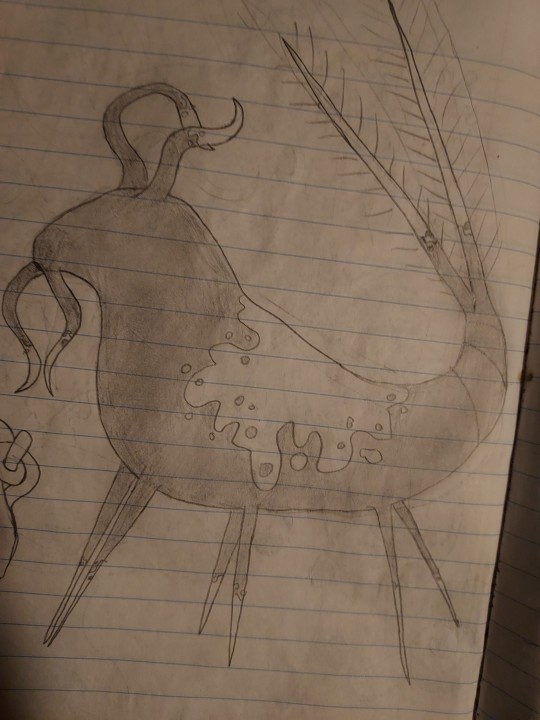
The prongtail skeleton consists of many sturdy yet flexible plates, made up of polymers embedded with many small calcified scutes. These plates sit just below the skin, surrounding the visceral organs. The skeleton lacks true joints; instead, it is held together by a matrix of tough connective tissue and muscle. This "open floorplan" allows the prongtail to squeeze into tight crevices, such as the burrow tunnels it makes its home in.

5 notes
·
View notes
Text
Airlugs
Airlugs are primarily aquatic sophonts that hail from a large moon of the Whistlewing homeworld. Their dorso-ventrally compressed tail is used as a third leg when they come on land to sunbathe (an occasional treat, which helps deter parasites and strengthen their labyrinthine "lung"--a modified chamber of the swim bladder). The small outgrowth on the posterior side of the main joint of each limb serves as a foot pad and swells up on land. Additionally, the gills are stiff, supported by a cartelidge-like matrix that forms the core of the branching gill structures. As long as these gills and the skin stay wet, and the airlug has access to breathable air, an airlug can stay out of water indefinitely (though the lack of buoyancy combined with pheremonal isolation and chronic low-level dessication/sun exposure takes its toll on the overall health of the airlug).
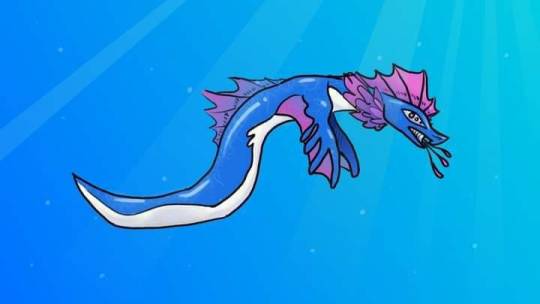

An airlug possesses 5 tongues (technically a single tongue laterally split into 5 manipulating tentacles). Each has manipulating nodules lining the outside of the club at the tip. These nodules have chemoreceptors and are extremely sensitive to tactile input, similar to human fingers or lips.


The pineal stomach, an organ which is situated at the roof of the mouth, is a multipurpose organ. Firstly, it secretes digestive enzymes at the end closest to the gullet, facilitating the breakdown of nutritious macrocolecules. Secondly, it produces extremely specific pheromone packets packaged in thick mucous which, when absorbed by another individual, produces hormonal and therefore emotional conditions nearly identical to that of the first airlug. Finally, the pineal stomach serves a sensory and emotional processing role, in tandem with the brain. It is also bioluminescent and glows a bright electric blue color when the individual is experiencing strong emotional arousal, signaling to others that emotional exchange via the pineal stomach is advised. Refusing this invitation is bad manners.

10 notes
·
View notes
Text
Whistlewings
The first aliens the audience is introduced to. Whistlewings are flying sophonts native to a uranus-like gas giant. They speak by producing pure tones from their sphiracles, which they have 12 of (2 per segment). Each pair of sphiracles is connected to a set of air sacs with alveolar-like structures, which pass air through a birdlike unidirectional lung. Whistlewings use this structure to condense water from the air, which they hydrolyze into hydrogen (stored in the sacs along the dorsal meridian, its back) and oxygen (absorbed through the bronchioles and alveoli and used to oxygenate the hemolymph). The dorsal sacs function as a sort of "flight bladder", serving to increase lift while the whistlewing is in the air.
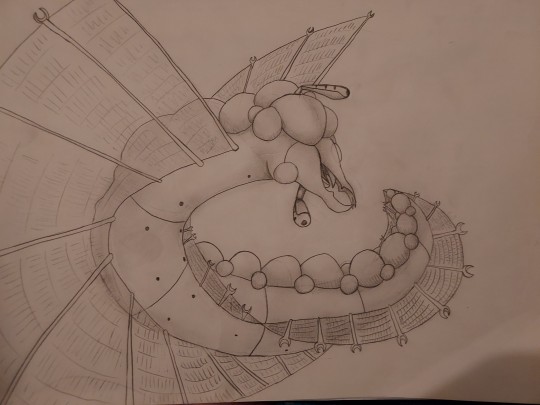
A whistlewing's eyes are on stalks located above and below the head. They are able to move independently and possess two fovea: one located at the tip, and one very long one on the side facing outward. Whistlewings can see in shorter and larger wavelengths than we can, but lack the ability to see greens and blues.
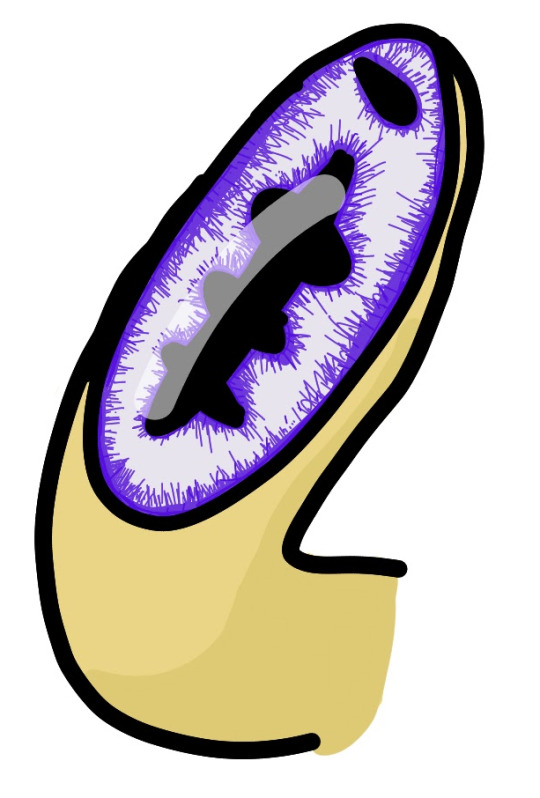
Whistlewings' jaws are rotated 90° from ours. They have two fangs inside them, which inject a digestive and paralyzing venom, and an everting tongue which laps up the liquefied innards of prey items.

An early version of whistlewing design. The wings are actually legs with modified cetae which interlock to form a wing surface.
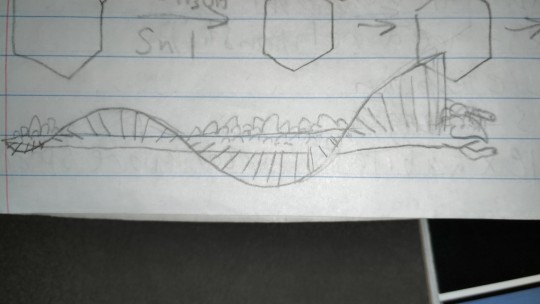


Please reblog if you're interested in seeing more! <|:)
18 notes
·
View notes